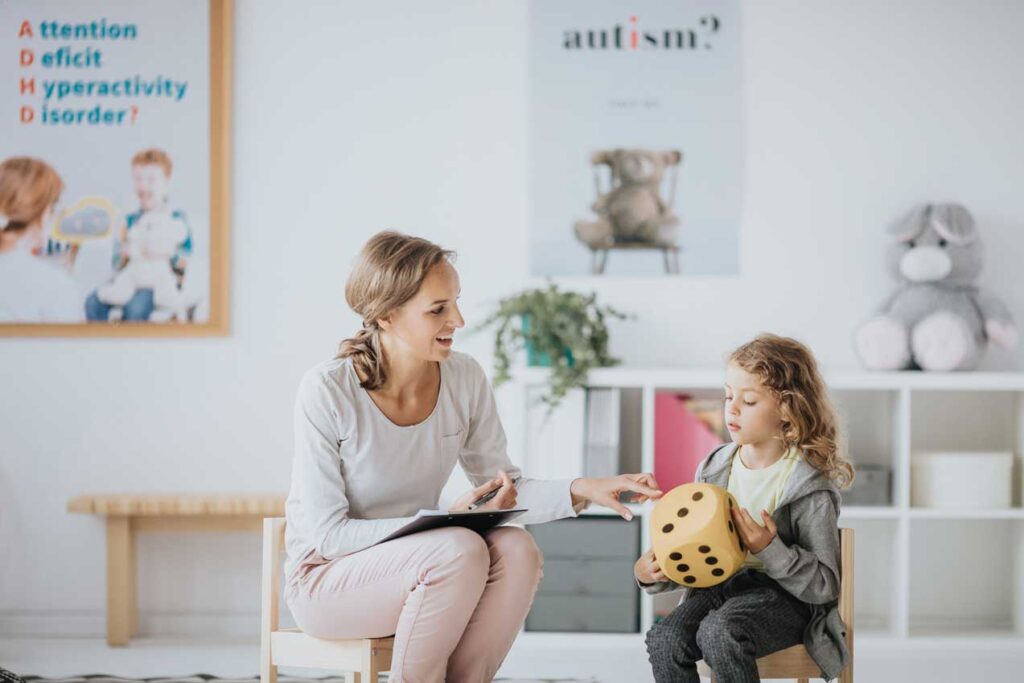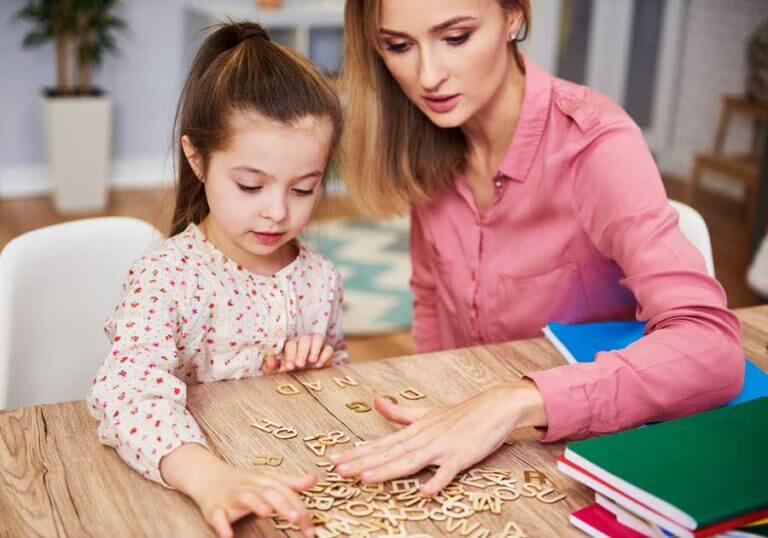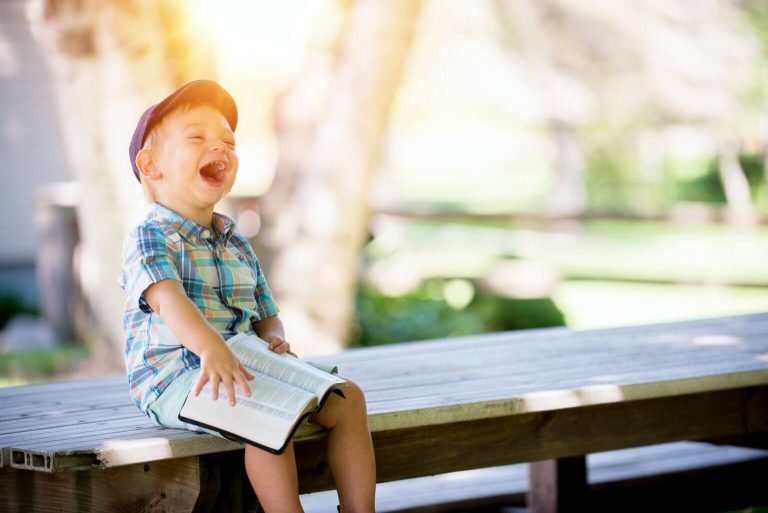Learning Styles

We’ve all had challenges while learning in school or university, since not everyone is comfortable with the same traditional way of learning and retaining information. Some people learn better when they are exposed to a lot of visuals, others learn better when they are exposed to practical tasks, and still, others prefer different learning styles such as verbal, auditory, social, and so on.
It would be unjust to label children based on their preferred learning methods because they might alter depending on the courses, the setting, or the students’ age. Many instructors, therefore, employ a blend of the various learning styles to ensure that their students get the most out of the lesson.
There are, nevertheless, several basic learning styles that are widely prevalent among students. This article will discuss some of the different learning styles so that educators can focus on their students’ growth and students may get the finest education possible. According to psychology, there are various forms of learning styles which are listed below.
1. Verbal style
In a verbal learning style, the student/learner performs best when the learning includes writing or speaking. These students are very skilled with words and typically succeed in areas such as debates, plays, language, poetry, and so on. They like learning new phrases and languages and are proficient in using them in their daily lives. Since many schools and universities employ a verbal teaching style, these students excel in their fields and can express themselves well in both writing and speech.


2. Visual style
Students who prefer a more visual learning approach will quickly comprehend material provided in the form of graphics, maps, or charts. According to psychology, visual learning is more effective and easier to understand than the traditional learning technique of rote learning. These students learn best via the use of colors and typically have a strong visual recall. They may retain knowledge by picturing it since they have exceptional imagination abilities. Visual learners may visualize the concepts being taught as well. This allows them to retain the knowledge for a longer period.
3. Auditory style
Auditory learners recall knowledge best when it is spoken or in the form of any kind of sound. Auditory learners are typically strong at listening and communicating. They comprehend and remember spoken information better than written information. They have a strong memory for discussions and a keen awareness of distinctive sounds and rhythms. These people make excellent musicians because they can interpret many sounds and sync up with the rhythm. When the instruction is delivered as a speech or a lecture, they may easily comprehend the information.
4. Physical style
Students that prefer a more physical (kinaesthetic) learning approach generally learn best when they can physically interact with the knowledge they are given. When they link some type of physical exercise with learning, these students quickly acquire and remember information. For example, a student may learn something more effectively if he or she is allowed to perform the activity. They might learn by writing or experimenting with items. Teachers must recognize these children and give additional activities that will physically engage the students.
Physical learners frequently make amazing researchers/health professionals, sports educators, actors, dancers, and so on.


4. Logical style
Students with a logical learning style excel in logic and reasoning; they learn best when knowledge is rich in facts, figures, riddles, and detail. These students are excellent at developing plans and are goal-oriented, but they often lack creative abilities. They like things and events to occur in a methodical rather than unplanned manner. They are extremely organized and prefer to complete any activity systematically. They are very conscientious about adhering to laws and regulations. Logical learners become excellent statisticians, accountants, computer programmers, and so on.
6. Social style
Students with a social (interpersonal) learning style are more comfortable learning in groups. They are generally highly sociable and love studying with others. Social learners are excellent at socializing with others. They learn best when they are given the opportunity to share their thoughts and concepts with others. Teachers must regularly encourage group discussions to bring out the best in these students. These students are seen sharing their knowledge and completely expressing themselves.
Social learners make good counselors, therapists, and professional health workers.


7. Solitary style
Students that enjoy solitary (intrapersonal) learning prefer to study alone in a calm environment. They may retain knowledge better when they are not surrounded by people and prefer to work alone. These students are often excellent in self-management. They prefer self-improvement and detest crowds and loud situations. They do not do well in groups and are not particularly adept at socializing, in contrast to social learners.
Social learners keep a diary and devote significant time to reflection. They are conscious of their ideas and feelings and create plans.
8. Combination style
The combination learning style employs two or more learning styles to give a personalized approach to the learning process. Students must be encouraged and assisted to discover their preferred learning styles. For example, a mix of visual and physical styles will be more successful and generate the intended effects. It will be beneficial to the students’ growth. This learning style can incorporate the advantages of several learning styles, finally leading students along the path of self-improvement.

Conclusion
Understanding the varied learning styles of their students is essential for educators. Since not every student learns in the same way, it is important to use a variety of learning styles or a mix of them while teaching. Teachers must pay close attention to the characteristics of their students and make appropriate changes to their teaching approach.
Students usually select more than one preferable learning style, therefore we cannot categorize them in a single group. It is critical to understand the various learning styles and how to combine them to create the most efficient learning strategy. This will benefit students not just academically, but also in terms of improving the quality of their lives by preserving and considering their mental health.







